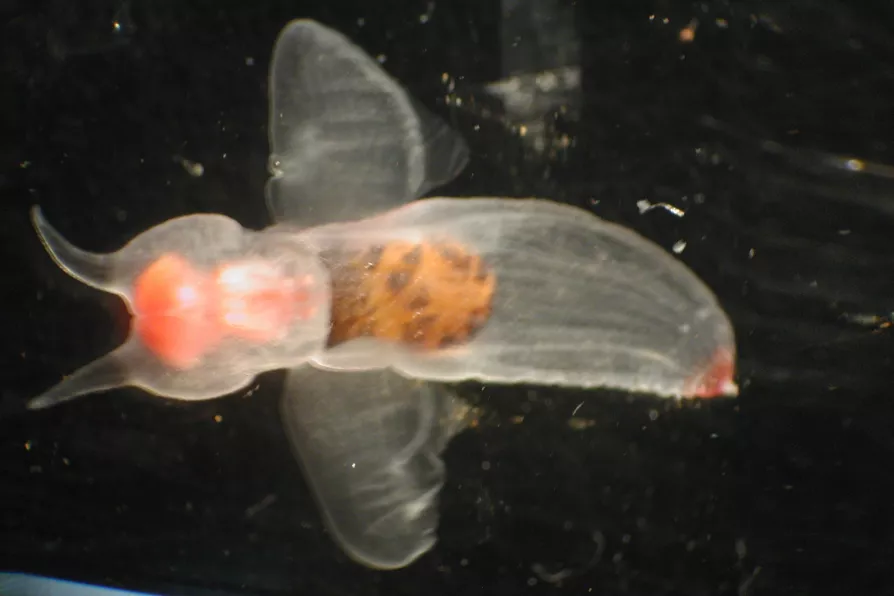Labour’s persistent failure to address its electorate’s salient concerns is behind the protest vote, asserts DIANE ABBOTT

 A sea snail species without a shell, known as a “sea angel”
A sea snail species without a shell, known as a “sea angel”
SCIENCE news this year has been dominated by Covid-19. Research has happened at an incredible speed, with scientists working around the clock to make rapid progress.
At the start of the year, we didn’t know that Sars-CoV-2 existed. Just nine months later, humanity has collectively sequenced and analysed its genome in detail, found evidence for a range of effective treatments and started the development of hundreds of candidate vaccines.
Other areas of science might seem sluggish by comparison. Indeed, science normally feels like it progresses at a snail’s pace. However, there is always more than meets the eye to nature. Snails are no exception.

What’s behind the stubborn gender gap in Stem disciplines ask ROX MIDDLETON, LIAM SHAW and MIRIAM GAUNTLETT in their column Science and Society
Science has always been mixed up with money and power, but as a decorative facade for megayachts, it risks leaving reality behind altogether, write ROX MIDDLETON, LIAM SHAW and MIRIAM GAUNTLETT












